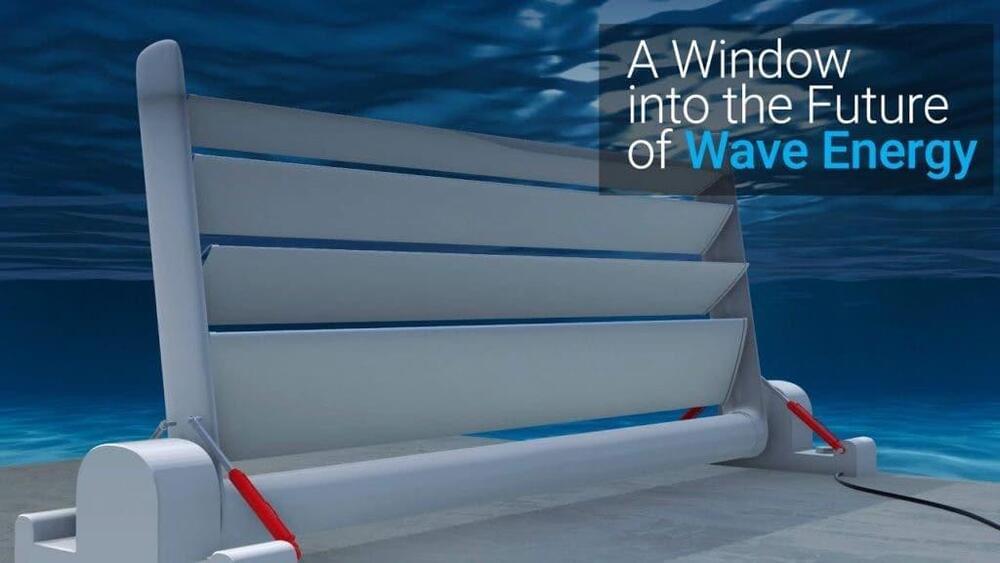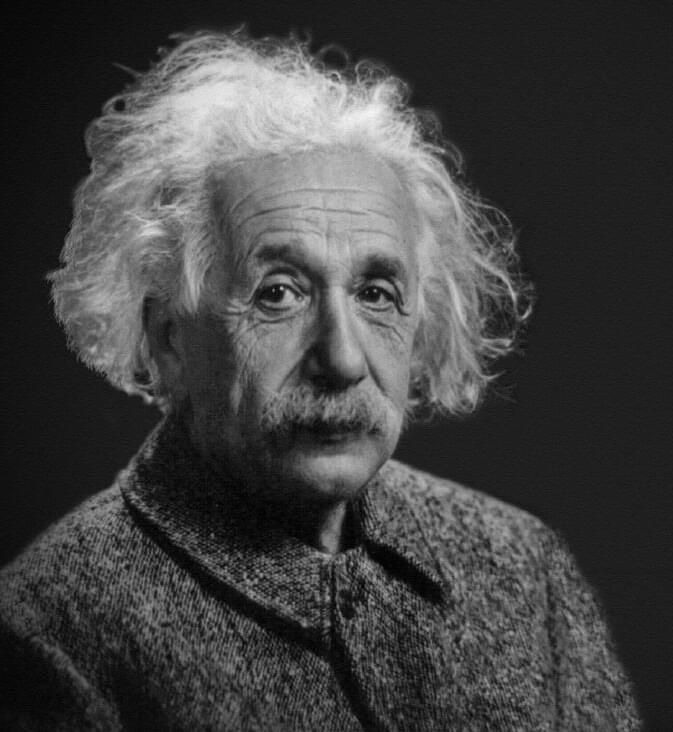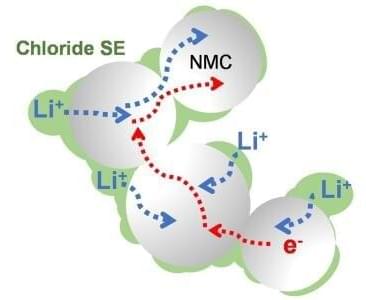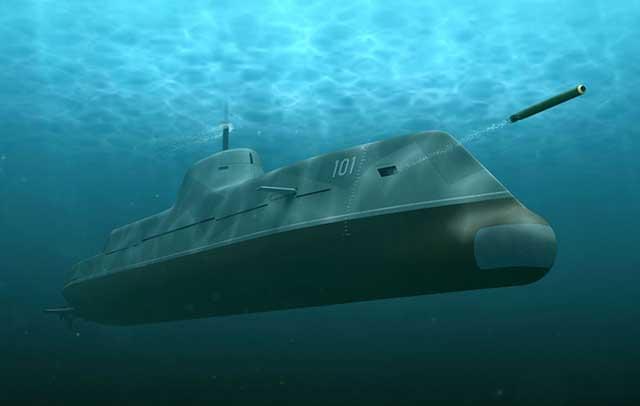Feb 22, 2022
Large content platforms want to contribute to the cost of European digital infrastructure
Posted by Shubham Ghosh Roy in category: energy
New applications in energy, defense and telecommunications could receive a boost after a team from The University of Texas at Austin created a new type of “nanocrystal gel”—a gel composed of tiny nanocrystals each 10,000 times smaller than the width of a human hair that are linked together into an organized network.
















